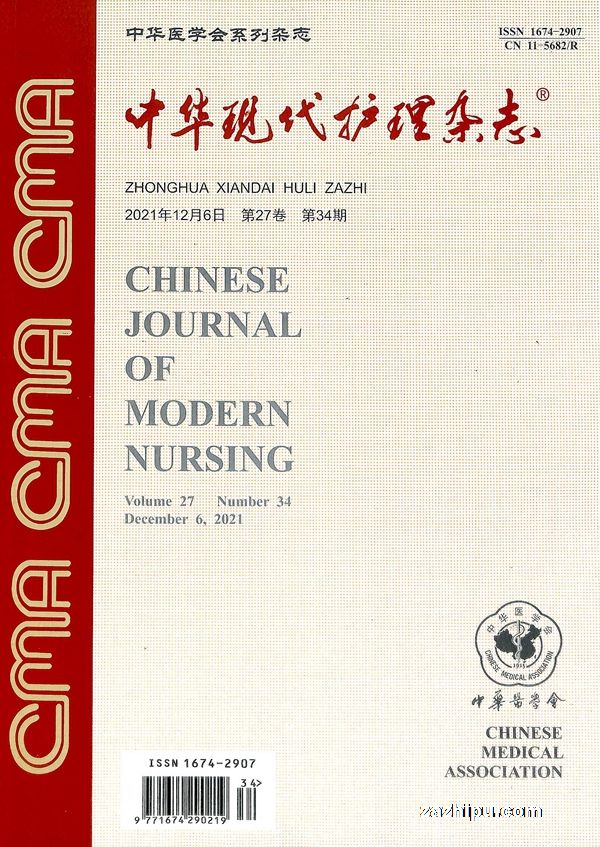Application of three kinds of scoring system for prognostic evaluation of patients with acute exacerbation of chronic obstructive pulmonary disease
引用次数: 0
Abstract
Objective To compare the prognostic efficacy of CRB-65 (Confusion, Uremia, Respiratory, BP, Age 65 Years) , BAP-65 (BUN, Altered Mental Status, Pulse, and Age 65 years) and DECAF (Extended MRC Dyspnea Score, Eosinopenia, Consolidation, Acidaemia, and Atrial Fibrillation) scoring systems in patients with acute exacerbation of chronic obstructive pulmonary disease (AECOPD) . Methods Clinical data, CRB-65, BAP-65 and DECAF scoring rubrics of 181 AECOPD patients hospitalized in the Department of Respiratory Medicine, the First Affiliated Hospital of Zhengzhou University from January 2017 to December 2018 were retrospectively collected. According to the outcomes, the patients were divided into stable disease group (patients discharged, n=121) and critically ill group (patients transferred to ICU or died, n=60) . The clinical data and scores were compared between the two groups. The sensitivity, specificity and accuracy of CRB-65, BAP-65 and DECAF scoring systems in predicting the prognosis of the patients was calculated with the death and admission into ICU as the observation endpoints. The receiver operating characteristic curves (ROC) of the three scoring systems were drawn, and the area under the curve (AUC) was calculated to identify the best cut-off point in predicting the prognosis. Results The acute exacerbation frequency, CRB-65 score, DECAF score, and BAP-65 score in the past year in the critically ill group were higher than those in the stable disease group (t=-4.899, -31.748, -34.611, 7.227; P<0.001) . The best cutoff points of CRB-65 score, BAP-65 score and DECAF score for predicting the patients' outcome were ≥3, ≥Ⅲ, ≥3 (sensitivity=70.00%, 81.67%, 90.00%; specificity=61.16%, 77.69%, 83.47%; accuracy=64.09%, 79.00%, 85.63%) . The AUC of DECAF score, BAP-65 score and CRB-65 score for predicting the prognosis of AECOPD patients was 0.811 (95%CI: 0.845-0.948) , 0.774 (95%CI: 0.707-0.869) , and 0.669 (95%CI: 0.595-0.779) , and the AUC of DECAF score for predicting the prognosis of AECOPD patients was higher than those of BAP-65 score and CRB-65 score (Z=3.891, 4.799; P=0.026, 0.005) . Conclusions CRB-65, BAP-65 and DECAF scores are of certain clinical value in predicting the prognosis of AECOPD patients. Among them, DECAF has the highest predictive efficacy, while CRB-65 is faster and more convenient. Key words: Pulmonary disease, chronic obstructive; Acute exacerbation; Clinical score; Prognostic efficacy; Prognosis三种评分系统在慢性阻塞性肺疾病急性加重期患者预后评价中的应用
目的比较CRB-65(困惑、尿毒症、呼吸系统、血压、65岁)、BAP-65(BUN、精神状态改变、脉搏和65岁)和DECAF(扩展MRC呼吸困难评分、白细胞减少、巩固、酸血症和心房颤动)评分系统对慢性阻塞性肺疾病(AECOPD)急性加重患者的预后疗效。方法回顾性收集2017年1月至2018年12月在郑州大学第一附属医院呼吸内科住院的181例AECOPD患者的临床资料、CRB-65、BAP-65和DECAF评分标准。根据结果,将患者分为病情稳定组(出院患者,n=121)和危重组(转入ICU或死亡患者,n=60)。比较两组患者的临床数据和评分。以死亡和入住ICU为观察终点,计算CRB-65、BAP-65和DECAF评分系统预测患者预后的敏感性、特异性和准确性。绘制三个评分系统的受试者工作特性曲线(ROC),并计算曲线下面积(AUC),以确定预测预后的最佳截止点。结果危重组近一年急性加重频率、CRB-65评分、DECAF评分、BAP-65评分均高于病情稳定组(t=-4.899、-31.748、-34.611、7.227;P<0.001),≥3(敏感性=70.000%,81.67%,90.00%;特异性=61.16%,77.69%,83.47%;准确率=64.09%,79.00%,85.63%)。DECAF评分、BAP-65评分和CRB-65评分预测AECOPD患者预后的AUC分别为0.811(95%CI:0.845-0.948)、0.774(95%CI:0.707-0.869)和0.669(95%CI:0.595-0.779),DECAF评分预测AECOPD患者预后的AUC高于BAP-65评分和CRB-65评分(Z=3.8914.799;P=0.0260.005)。其中,DECAF具有最高的预测功效,而CRB-65则更快、更方便。关键词:肺病、慢性阻塞性肺病;急性加重;临床评分;预后疗效;预后
本文章由计算机程序翻译,如有差异,请以英文原文为准。
求助全文
约1分钟内获得全文
求助全文

 求助内容:
求助内容: 应助结果提醒方式:
应助结果提醒方式:


